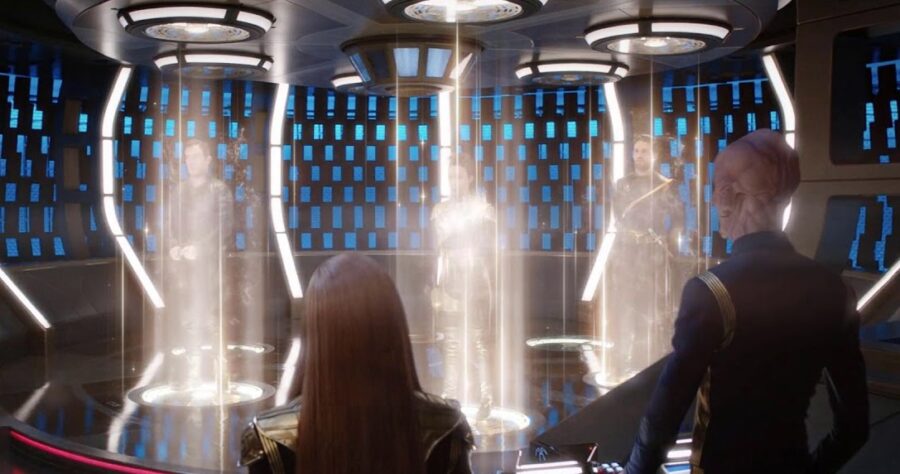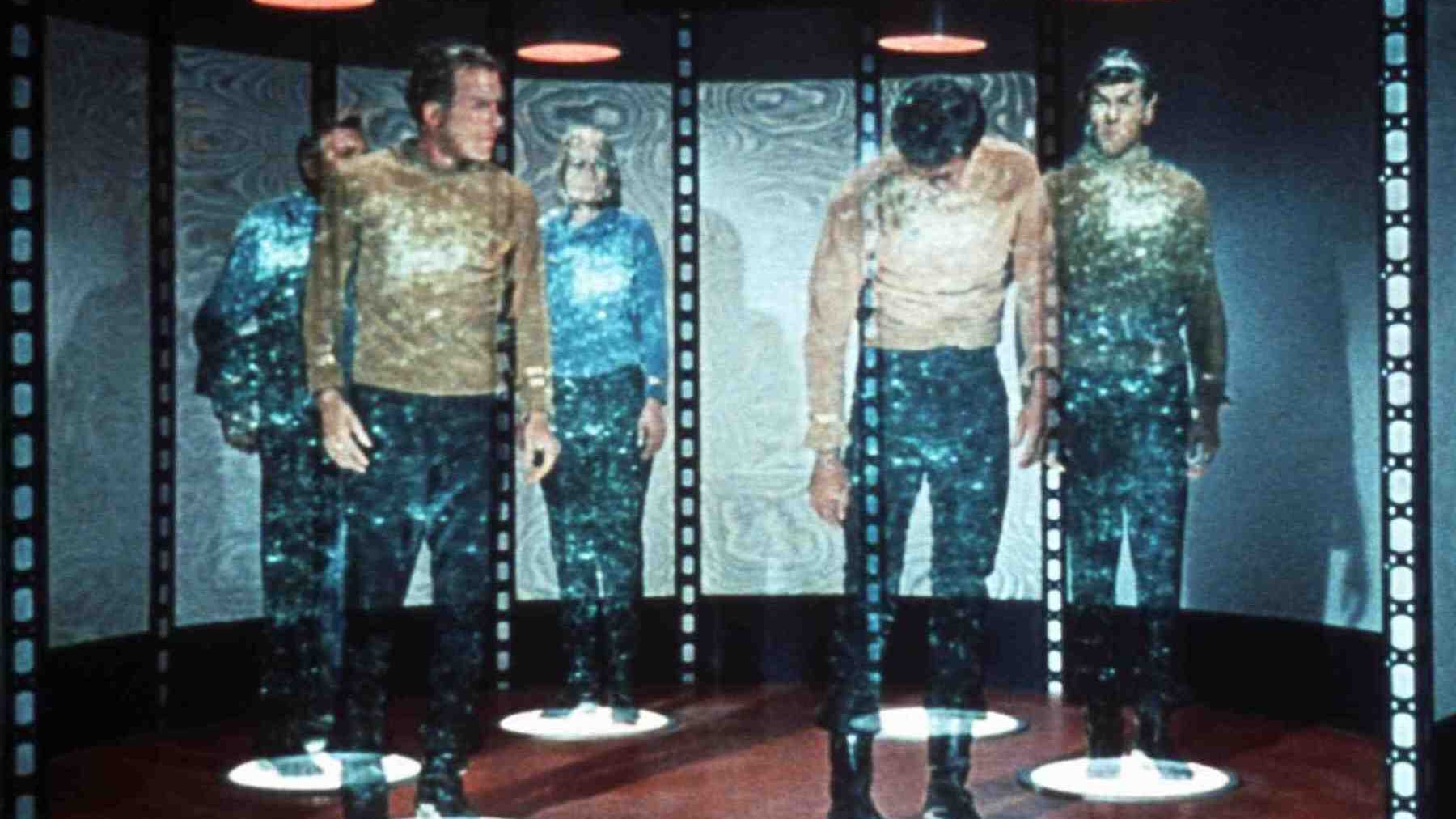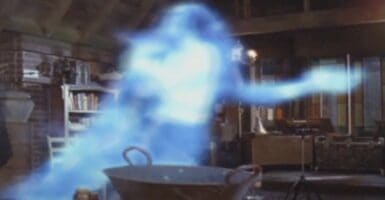Star Trek Teleportation Takes One Step Closer To Reality

Star Trek is one of the most revolutionizing franchises, not only for its cultural impact but also for its inspirational technology. We said it before, and we’ll say it again: it’s an undeniable fact that Star Trek and its technological depictions still continue to influence our technological goals.
Martin Cooper, an electrical engineer working at Motorola, cited Captain Kirk’s communicator as an inspiration for what became the first cell phone, which revolutionized the way we use phones to communicate. And now, inspired by Star Trek once again, scientists made a breakthrough in teleportation.
Teleportation is just another example of how Star Trek continues to influence our mastery over technology, physics, and, ultimately, the universe and its secrets.
Teleportation has always been one of the most intriguing future technologies in Star Trek, but so have communicators, touchscreens, tablets, Bluetooth earbuds, voice assistants, and automatic doors. And now, all of these technologies have become a reality, including transportation.
Admittedly, science is still well behind in transporting carbon-based life forms and other objects, but it would seem that Star Trek–inspired transportation can “teleport” images across the network without physically sending the image itself.
So, it’s not quite like Star Trek teleportation, which theoretically involves transcoding matter into (presumably) digital code, transferring it, and then decoding the code back into matter. In other words, the new breakthrough doesn’t involve moving matter from one place to another. But this doesn’t undermine the significance of this particular breakthrough, which, once again, might revolutionize the way we communicate.
Quantum Transfer
This scientific achievement is about transferring information about a particular image through quantum means without sending the picture itself. While quantum communication isn’t really a breakthrough in itself, it was previously limited to simple two-dimensional states.

The breakthrough lies in the use of entangled photos and nonlinear optical detectors, which can now process 15 dimensions, which suggests that more complex transmissions are possible in the future. Who knows, maybe one day it will translate into Star Trek teleportation.
Reconstructing The Image
One part of this tech technology that works similarly to Star Trek teleportation is reconstruction. The receiving device uses the teleported information to reconstruct the image. So, the image isn’t physically teleported or moved.
Instead, it’s converted into information, sent to the receiving device, and then reconstructed into an image. However, we have to point out that this also sounds like simply downloading an image from the Internet or simply sharing the image from one device to another through an FTP protocol.
The comparison is actually quite apt, but it’s important to note the key differences in how the information is transferred. In quantum teleportation, the information is encoded and transmitted using quantum states and related phenomena, which is more advanced and safer, especially for applications such as remote banking. It’s also important to note that the technology is still in its infancy, and we’re still years away from actual teleportation, as seen in Star Trek.
In the end, teleportation is just another example of how Star Trek continues to influence our mastery over technology, physics, and, ultimately, the universe and its secrets. Who knows, an image today might turn into an actual, edible piece of steak tomorrow and then into a live example of 1986’s The Fly the day after.
Source: Nature Communications












